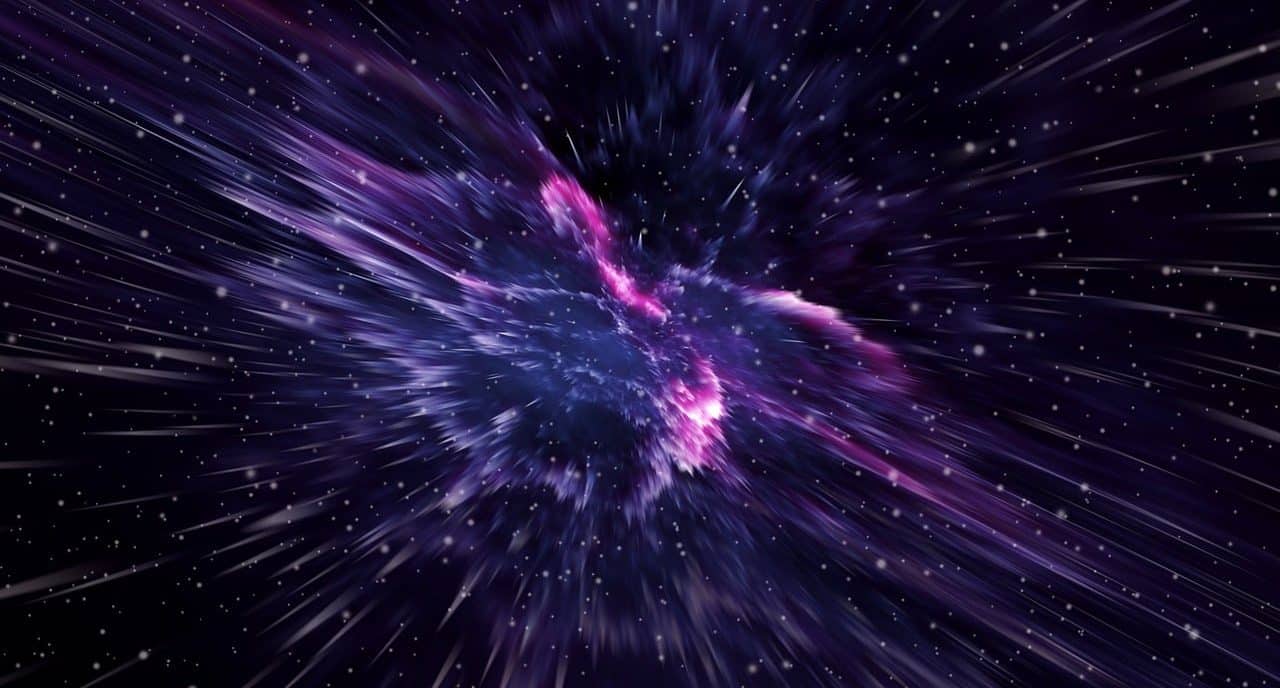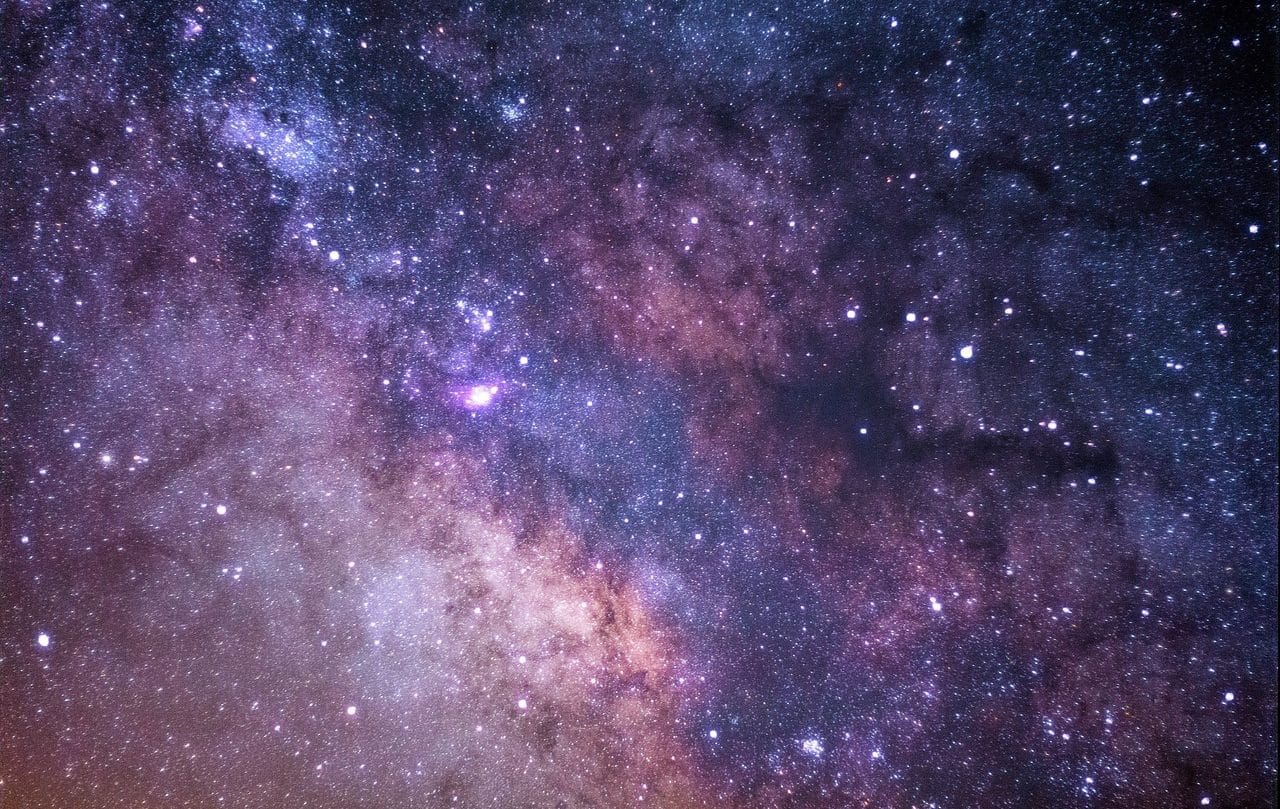
The WMAP probe (Wilkinson Microwave Anisotropy Probe) and the COBE satellite have made it possible to advance studies of dark energy.
Dark energy is an energy form that, according to experts in cosmology and particle physics , causes the acceleration of the expansion of the universe . It is believed to be found throughout the cosmos, representing about 70% of its content as analyzed with the Planck satellite or observatory.
Various research indicates that dark energy generates pressure that works as a repulsive gravitational force . In any case, scientists are not clear what it is. It is often mentioned as a phenomenon or property that explains observations about universal expansion and that behaves like a cosmological constant .
The study of dark energy
The study of dark energy began at the beginning of the 20th century thanks to Albert Einstein . When formulating the theory of general relativity , Einstein warned that his calculations revealed that the universe lacked stability, showing a natural tendency to contract or expand .
Faced with this panorama, he decided to add a term to his equations to achieve the stability of the universe: the so-called cosmological constant . This constant allowed, on a theoretical level, to leave the cosmos static.
However, as time went by, other studies led to a consensus about the expansion of the universe , which was no longer considered static. These discoveries also made it possible to advance towards the big bang theory .
Einstein thus ended up thinking that his cosmological constant was wrong. However, science continued to progress and, based on later work, it was shown that the expansion of the universe was accelerated and that this could be explained with a cosmological constant.
It was not until 1998 that the concept of dark energy was coined. Its manager was the American Michael S. Turner , trained at the California Institute of Technology and Stanford University .
A Adam Riess se lo señala como quien logró obtener por primera vez pruebas de la existencia de la energía oscura y de la aceleración de la expansión del universo. Lo hizo al investigar las supernovas con el telescopio u observatory Hubble, un hallazgo luego ratificado por Saul Perlmutterapelando a mediciones de la magnitud aparente y considerando el corrimiento al rojo gravitacional.

The amount of dark energy would determine the final fate of the universe, varying depending on whether it is considered an open, closed or flat universe.
Its characteristics
The characteristics of dark energy have not been precisely established. Physicists consider that it has great homogeneity and is not too dense.
Only its interaction with gravity has been observed, not with the rest of the fundamental forces . On the other hand, it is estimated that it is distributed uniformly throughout interstellar space.
It is stated that dark energy creates negative pressure : this particularity is what causes the expansion of the universe. As the gravitational repulsion effect of this negative pressure exceeds the gravitational attraction of the energy in question, the consequence is the aforementioned expansion.
The presence of dark energy is justified by the fact that a volume of space always has intrinsic energy. At this point the idea of a cosmological constant intervenes, which would arise from the so-called vacuum energy .
It is important to note, however, that there is another model that explains the accelerated expansion of the universe without resorting to the cosmological constant: quintessence . This form of energy can vary in time and space, which is why it is not constant.
The quintessence model also maintains that, if dark energy is impacted by baryon particles, it becomes dark matter . This dynamic quintessence is said to imply another kind of vacuum energy, different from the cosmological constant.
In short, the cosmological constant is associated with an energy that completes space homogeneously and has a constant density, while the quintessence is linked to dynamic fields that have an energy density capable of changing in space and time.

Dark energy appears in different multiverse hypotheses.
Differences between dark energy and dark matter
It is necessary to avoid confusion between dark energy and dark matter . Dark energy is a form of energy found throughout space and makes up almost 70% of the universe.
Dark matter, on the other hand, is a form of matter that does not emit electromagnetic radiation. This assumes that it is transparent in electromagnetic space. Therefore, researchers can only infer its existence by taking into account its gravitational effects.
cosmic inflation
In the 1970s , Alan Guth proposed a notion similar to the concept of dark energy: cosmic inflation . According to this specialist, a negative pressure field could have caused the inflationary phenomenon at the origins of the universe, explaining its accelerated expansion.
According to the theory of cosmic inflation, the intervention of repulsive forces similar to dark energy caused the expansion in the moments after the big bang . However, it is considered that this inflation must have developed with more energy than the level of dark energy that is believed to exist today. It should be noted that it is unknown whether there is a link between cosmic inflation and dark energy.
